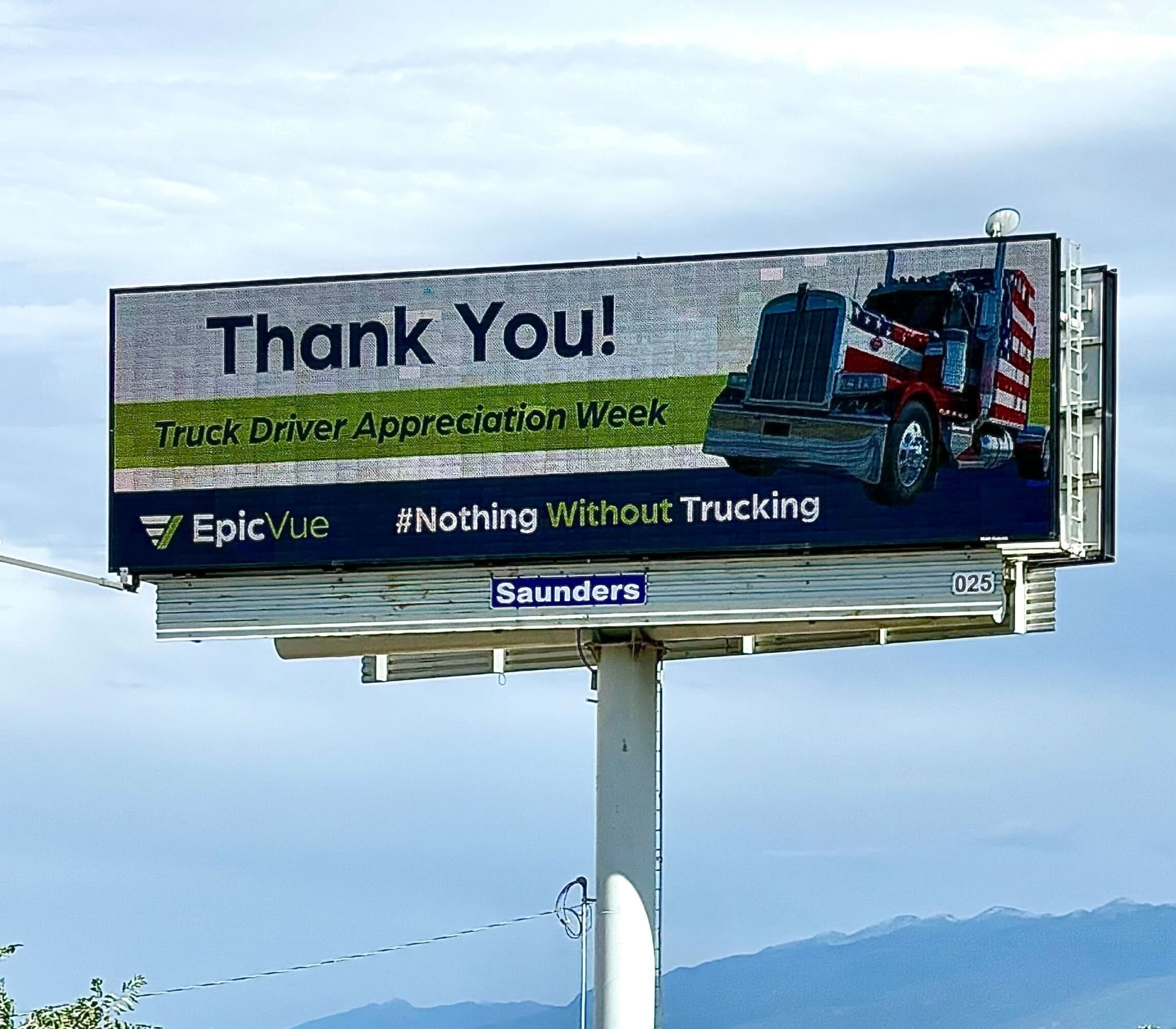Road to Remote Engagement: How Professional Drivers Transform the Landscape
American Journal of Transportation
Jan 22, 2024

America is covered in paved surfaces, and on every one of them, you will find the hardest working group on the road and those in control of the most effective tools for our economy: the professional driver and his rig. These unsung heroes of the road have long been the original and ultimate remote workers.While many people associate remote work with choosing between home and office, few represent the true meaning of working remotely, as do professional drivers and the pioneers of remote work: the trucking industry.The group who are considered professional drivers have always lived this lifestyle. This presents an opportunity for industries, primarily trucking, to learn from their experiences and contribute to the broader remote work conversation. It’s essential, however, to address the unique challenges faced by this experienced workforce and take advantage of opportunities to develop innovative solutions that will help this industry evolve into the future.
As tools of the trade have remained generally the same, the workforce’s talent and responsibilities have increased due to valuable hands-on experience. But trucking is not immune to change, nor can it ignore the introduction of new technology. The emphasis on connectivity and the reasoning behind being connected is becoming paramount to how employees consider entering a long-term working relationship and who they decide to work for.
Are truck drivers remote workers?
According to a Harvard Business Review report, while 62% of employees believe that working remotely positively influences their engagement, a mere 5% express the likelihood of staying with their current company in the long term. This statistic underscores the importance for companies to elevate their engagement strategies with remote employees proactively. Any attempt to be collaborative and successfully connected becomes even more challenging when introducing the term “long haul.” A strategic and sustained commitment to remote teams is essential to address this challenge effectively, but the key lies in innovative, even non-traditional incentives and virtual gatherings. Investing in remote employees’ long-term success and engagement mitigates the turnover risk. It cultivates a content and highly productive workforce, even in the realm of long-haul remote work scenarios. Within this comprehensive strategy, particularly in the trucking industry, investing in engagement platforms fosters connectivity and instills a profound sense of value among professional drivers. This aligns seamlessly with the broader mission of improving engagement in a tech-driven era. The successful implementation of this strategy allows a driver to be seen and heard, creating a stronger sense of belonging within a company.Navigating the challenges of truck drivers
As the earliest adopters of remote work, truck drivers confront unique challenges that underscore the necessity for proactive engagement and supportive communication. As evidenced by increased absenteeism, higher turnover rates, and safety incidents, disengagement poses a considerable threat to the industry’s general health. Research conducted by Dale Carnegie in 2020 demonstrates that companies with engaged teams outperform disengaged ones by an impressive 202%. With its actively dispersed workforce, the trucking industry exemplifies the struggle to connect and motivate a remote workforce.Embracing the Remote Work Revolution
Technology is crucial in retaining a remote workforce, especially as tires roll non-stop throughout the country. Working on the road is uniquely different than working from the road and pushes the importance of technology to the top of the list. Working on the road provides flexibility, but its success hinges on addressing feelings of isolation and detachment. Combating loneliness becomes paramount for truck drivers spending extended periods on the road. Platforms that entertain, educate, and engage bring comfort and make remote workers feel valued and important.Creating communication that lasts
Providing a personalized employee experience is a game changer when trying to elevate the quality and regularity of engagement. Understanding how your team prefers receiving information and structuring learning opportunities that accommodate flexible schedules is essential. This understanding helps tailor a driver experience that caters to your team’s individual preferences and ongoing needs. Creating engagement and motivating a fleet of drivers goes beyond traditional factors such as pay, promotions, recognition, and appreciation. Assuming drivers are naturally passionate about their work is insufficient to sustain their engagement. Employers should instead focus on recognizing exceptional performance, sharing vital company-related updates, and fostering a fast-moving community through innovative platforms. These actions contribute to a positive work environment and make it more likely for drivers to be more effective remotely and to feel valued and committed in the long run. See also: EpicVue adds more in-cab entertainment and fleet engagementStrategies for effective engagement
- Leverage technology for connection: Dedicated communication channels keep employees informed, engaged, and part of the larger team, regardless of location.
- Incentivize and recognize: Recognition for performance, sharing fleet news, and fostering community through platforms that contribute to improved employee retention and recruitment.
- Nurture social bonds: Despite physical distances, fostering team connections through virtual activities, mentorship programs, and occasional in-person events is vital.
- Demonstrate genuine care: Building meaningful relationships involves genuine concern for employee well-being, maintaining a healthy work-life balance, and showing interest in their personal and professional growth.
- Enhance learning opportunities: Continuous learning is a cornerstone of engagement. Investing in engaging platforms that provide on-the-go company news and information, industry education, and interactive training is necessary.
- Provide feedback: Demonstrating responsiveness to employee feedback communicates value and keeps drivers engaged from any remote location.


